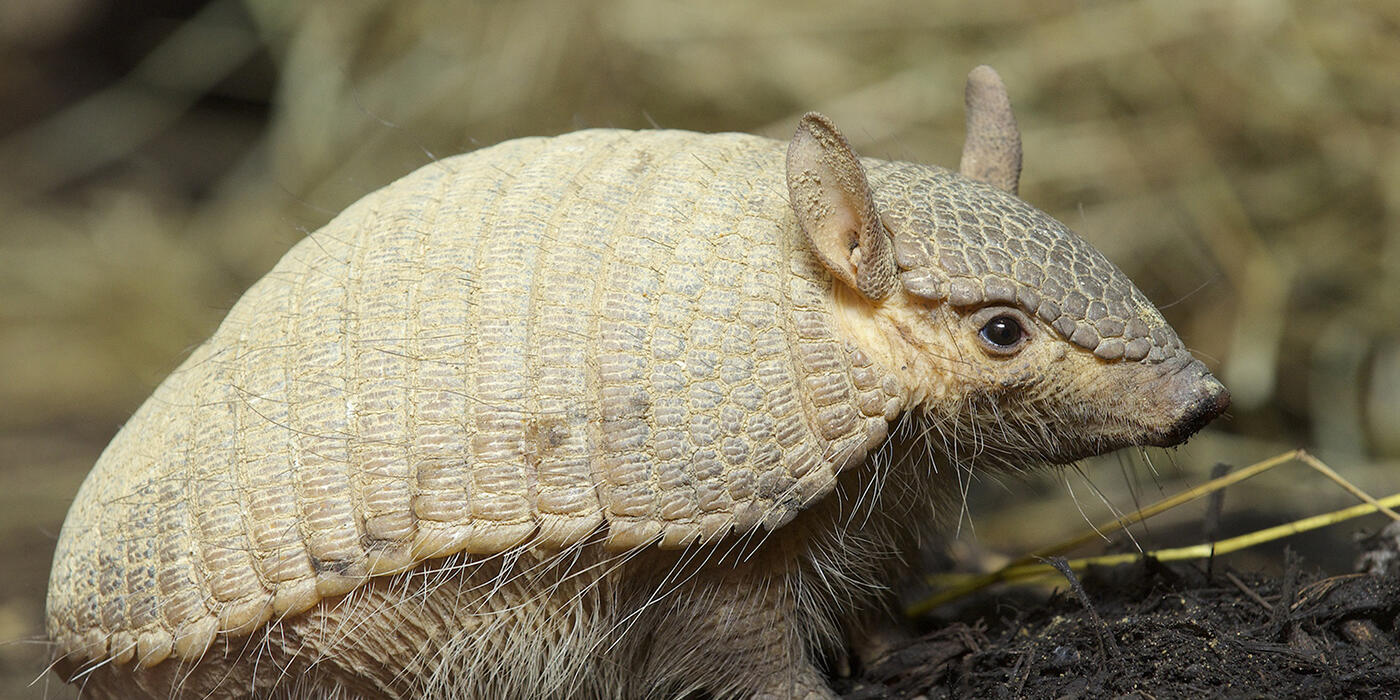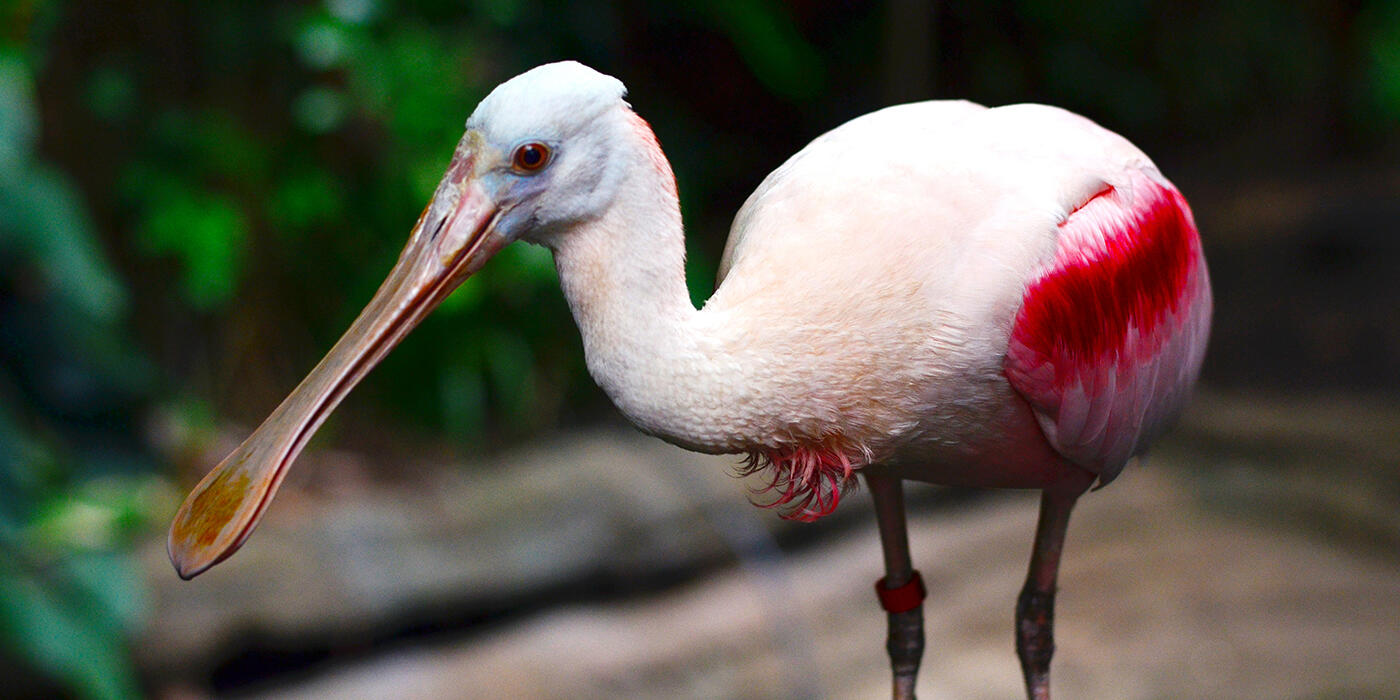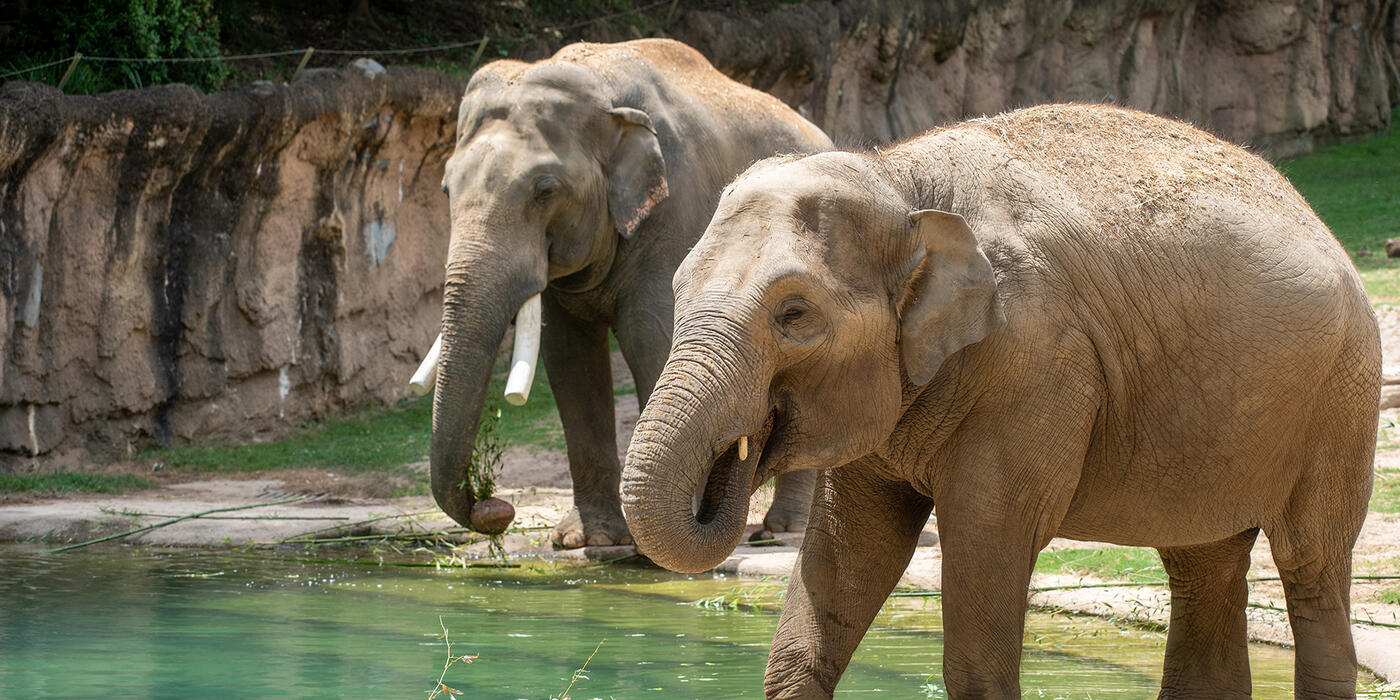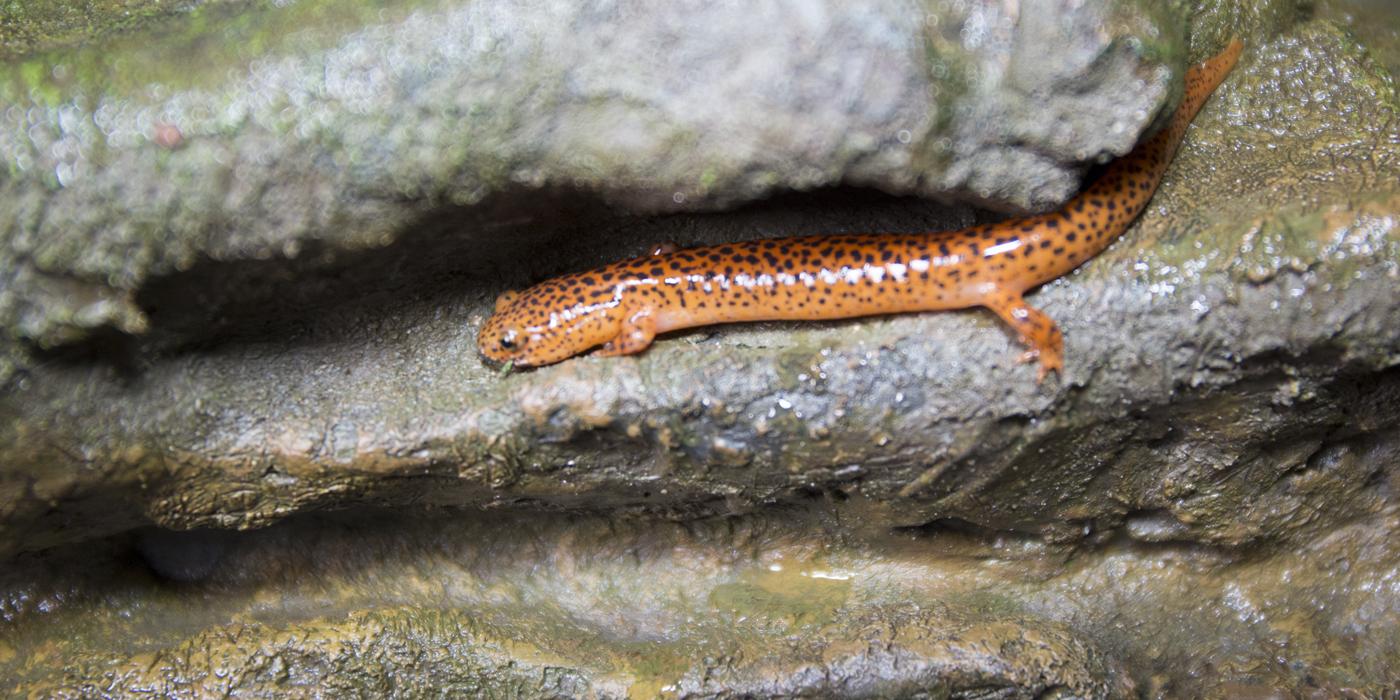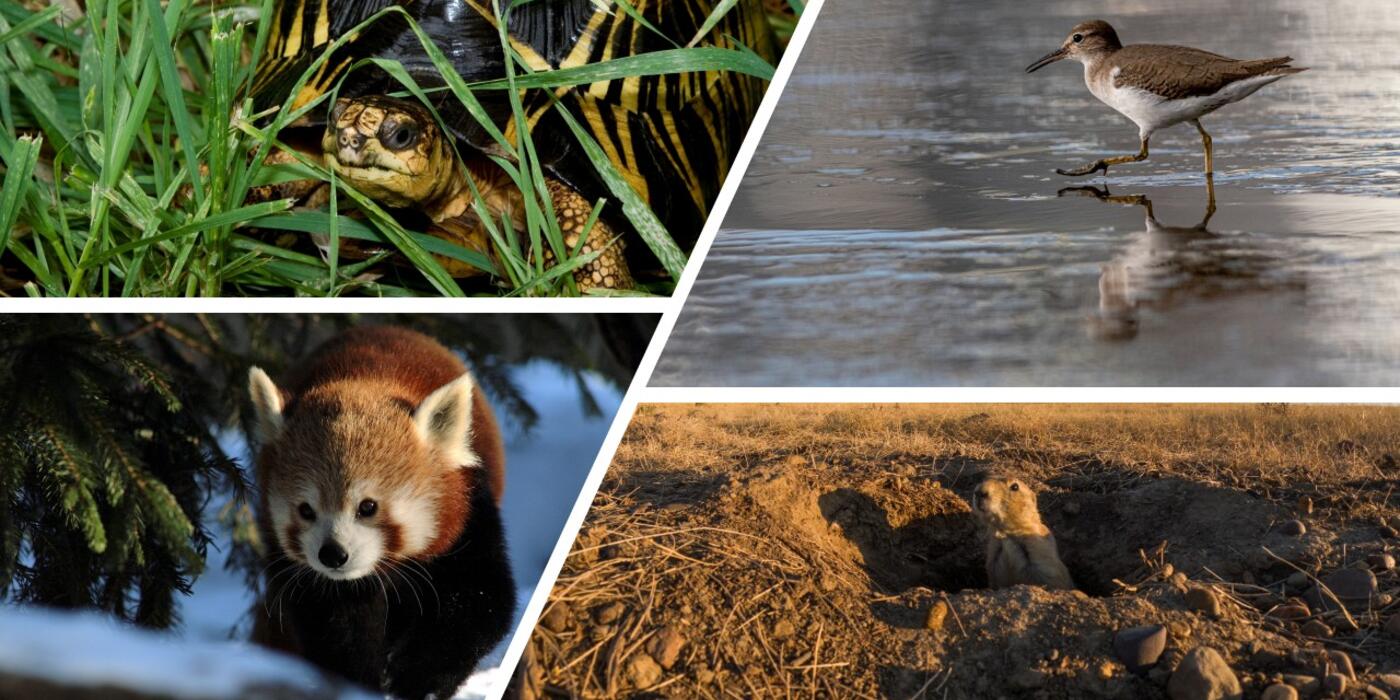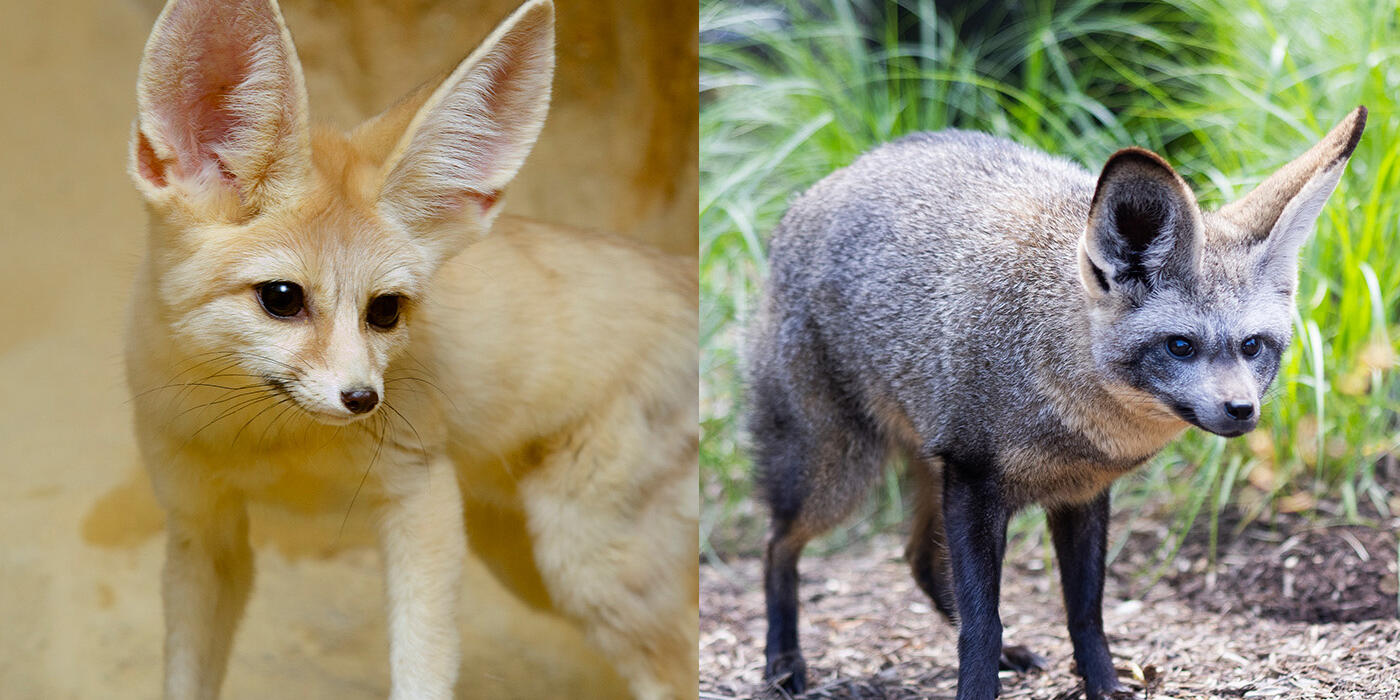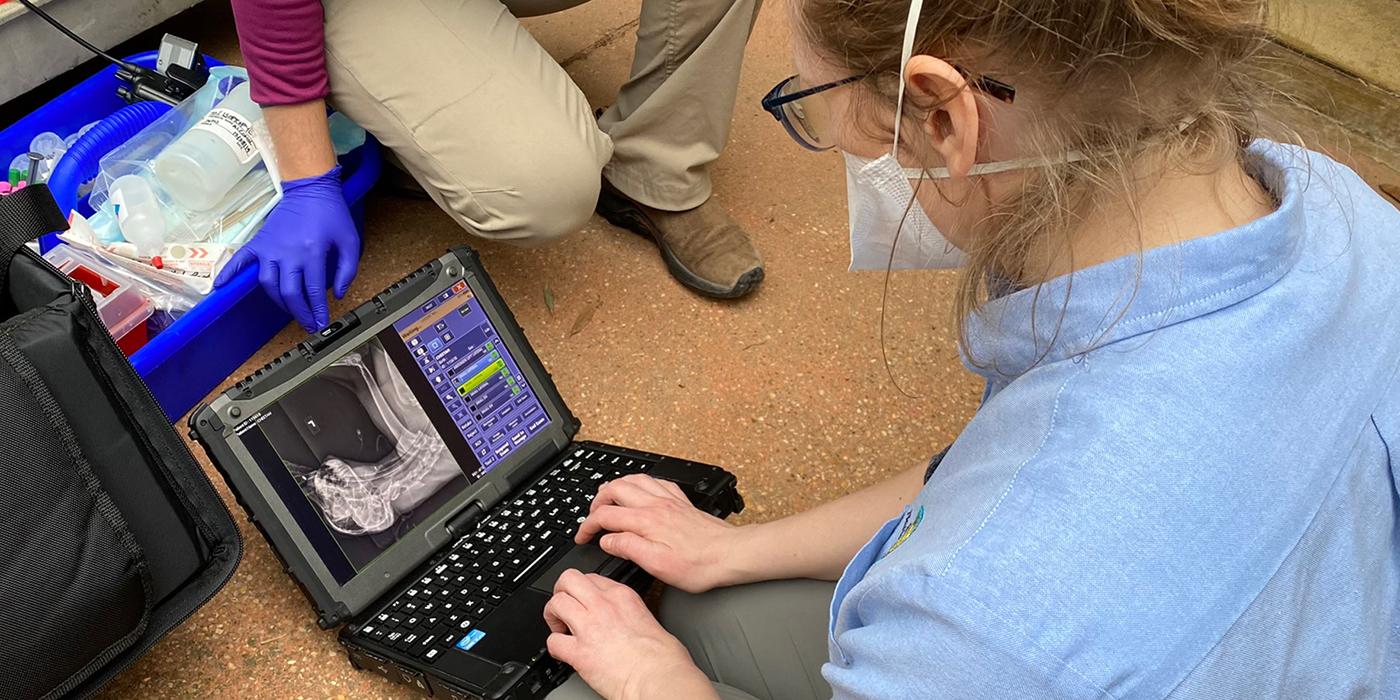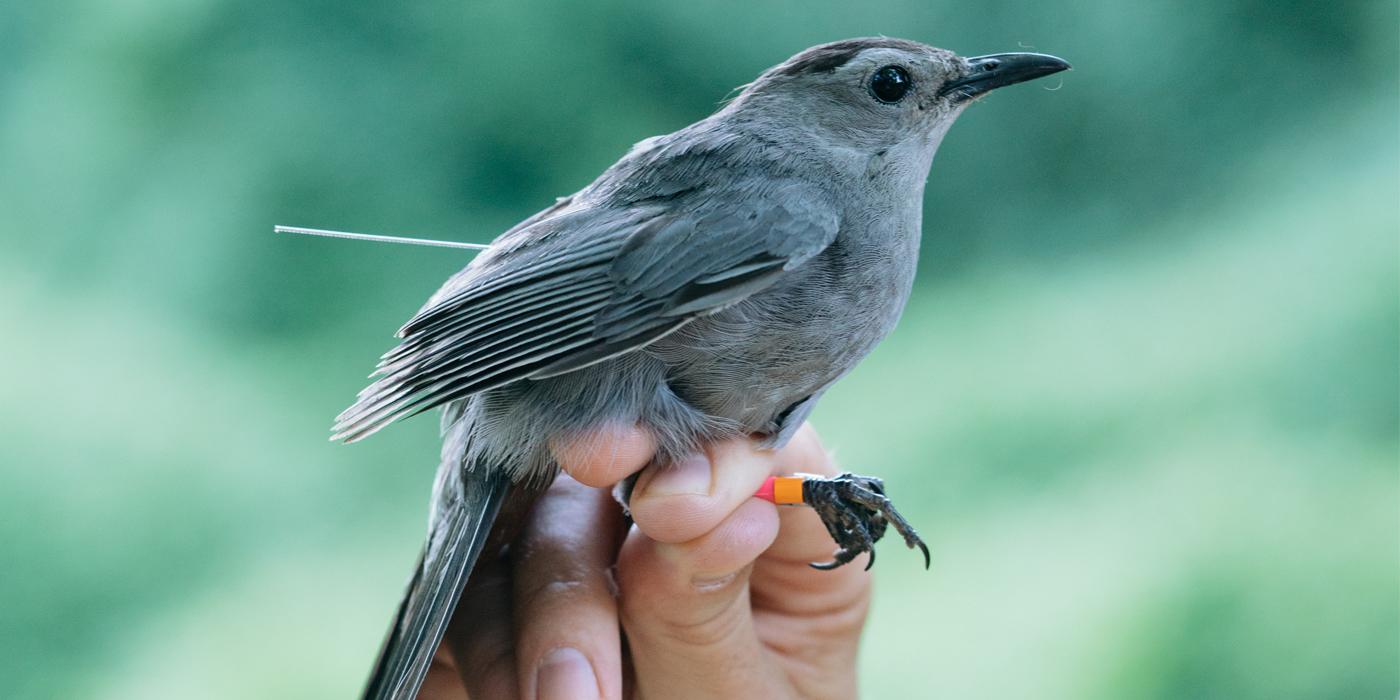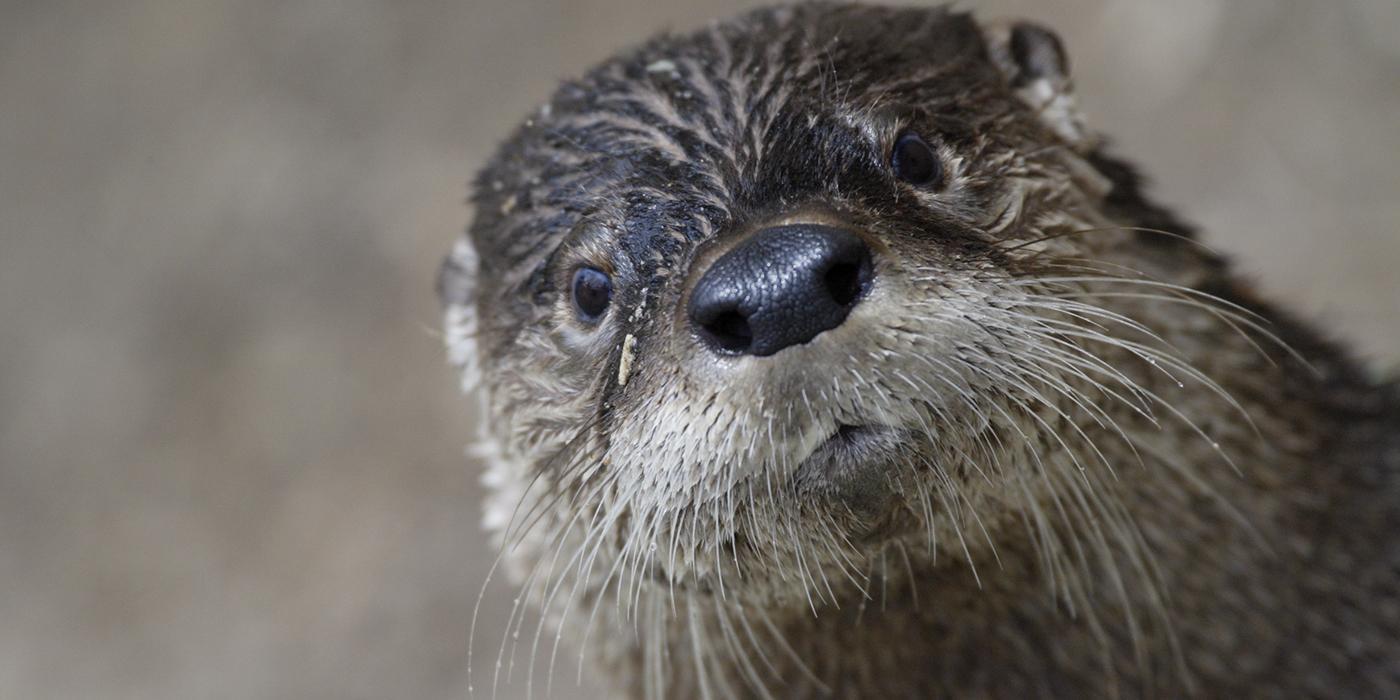Conservation Classroom: K-5 virtual school programs
What is Conservation Classroom?
Conservation Classroom is a collection of FREE monthly lessons for K-5 students.
Watch the video to learn how to use the collection!
Each monthly lesson has four elements:
Scroll down to choose a program, then click "Explore Resources" to explore each lesson's collection
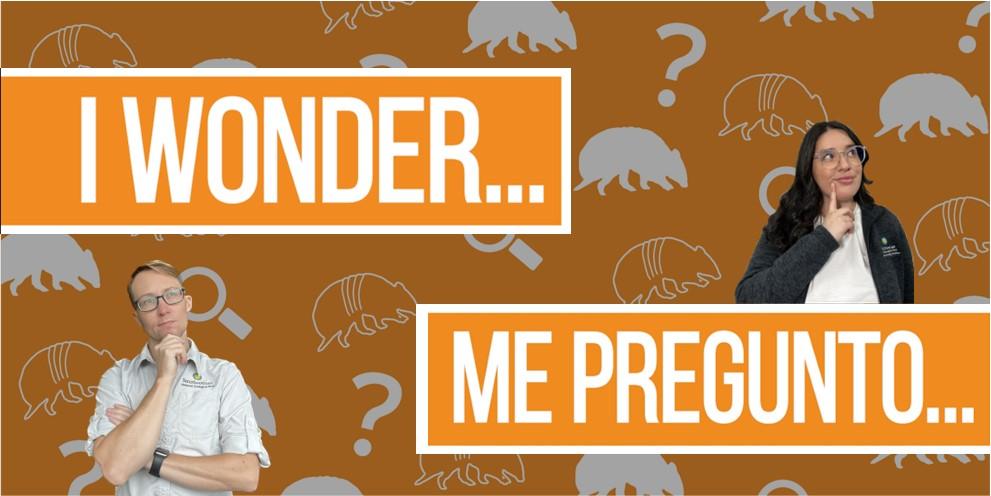
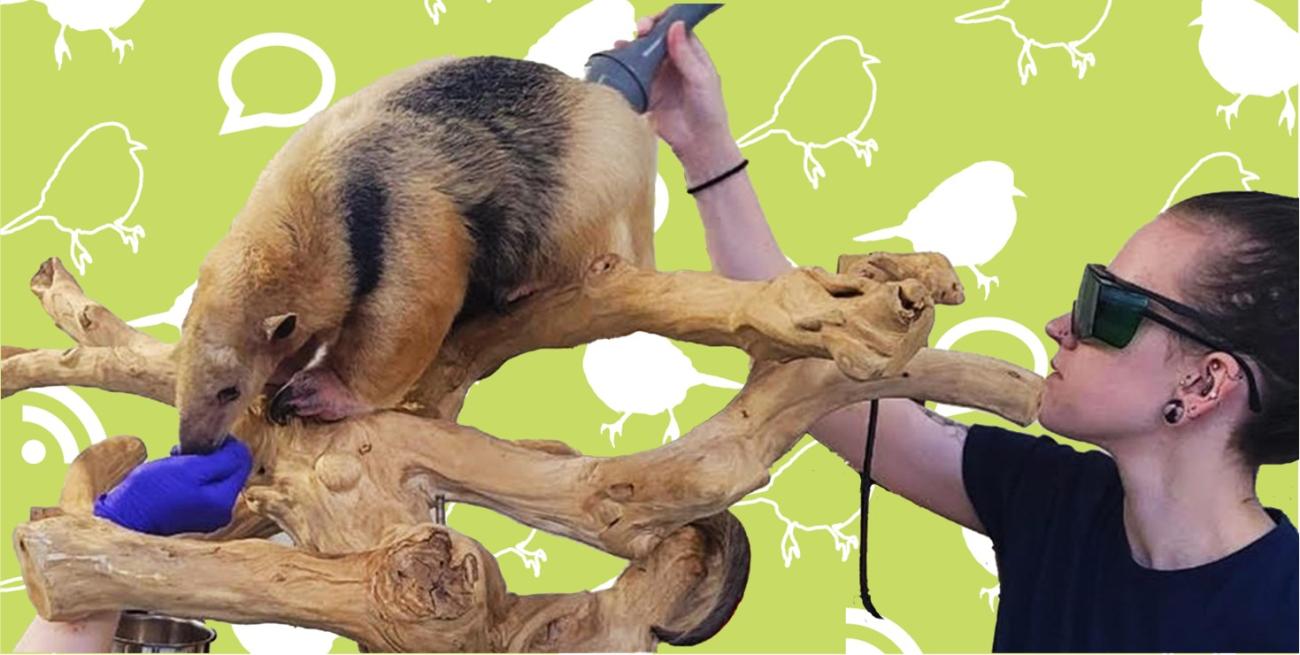
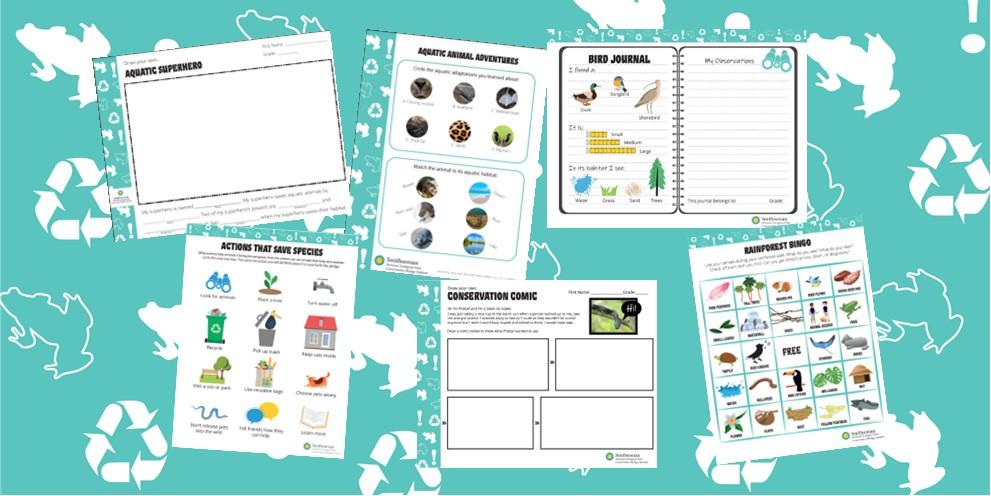
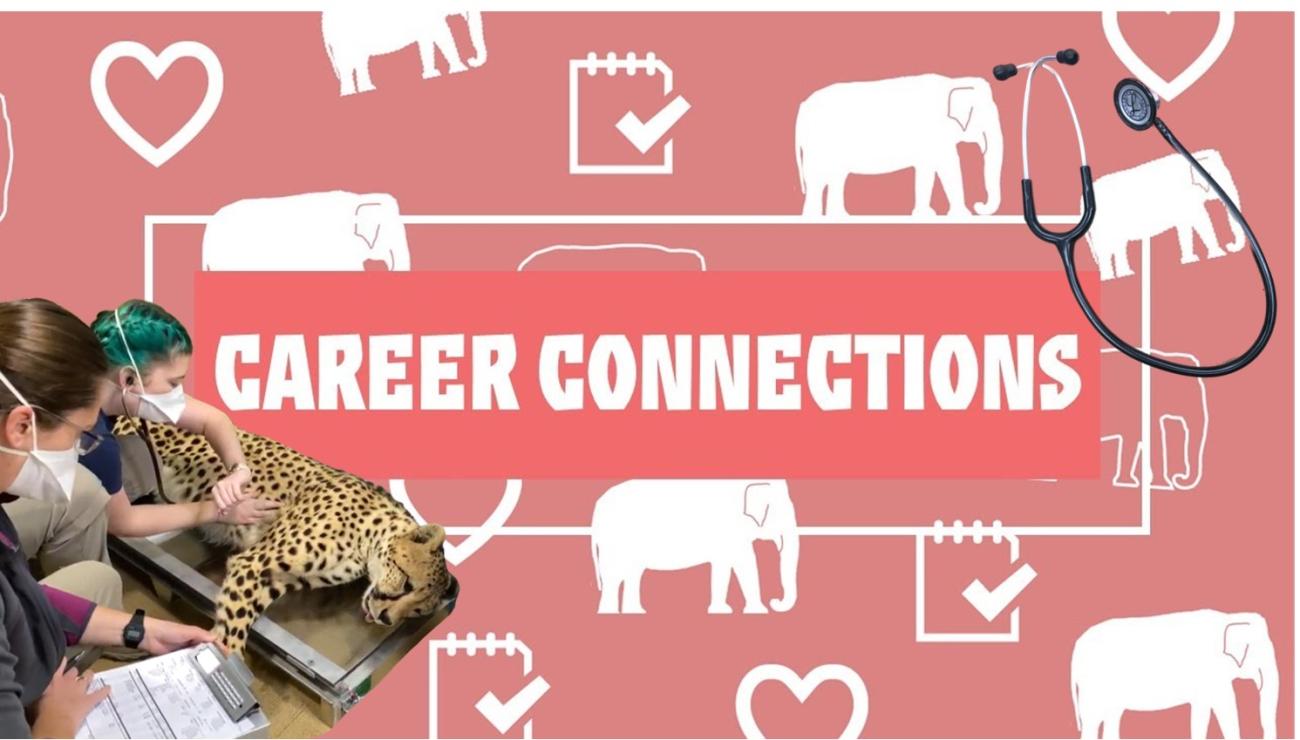
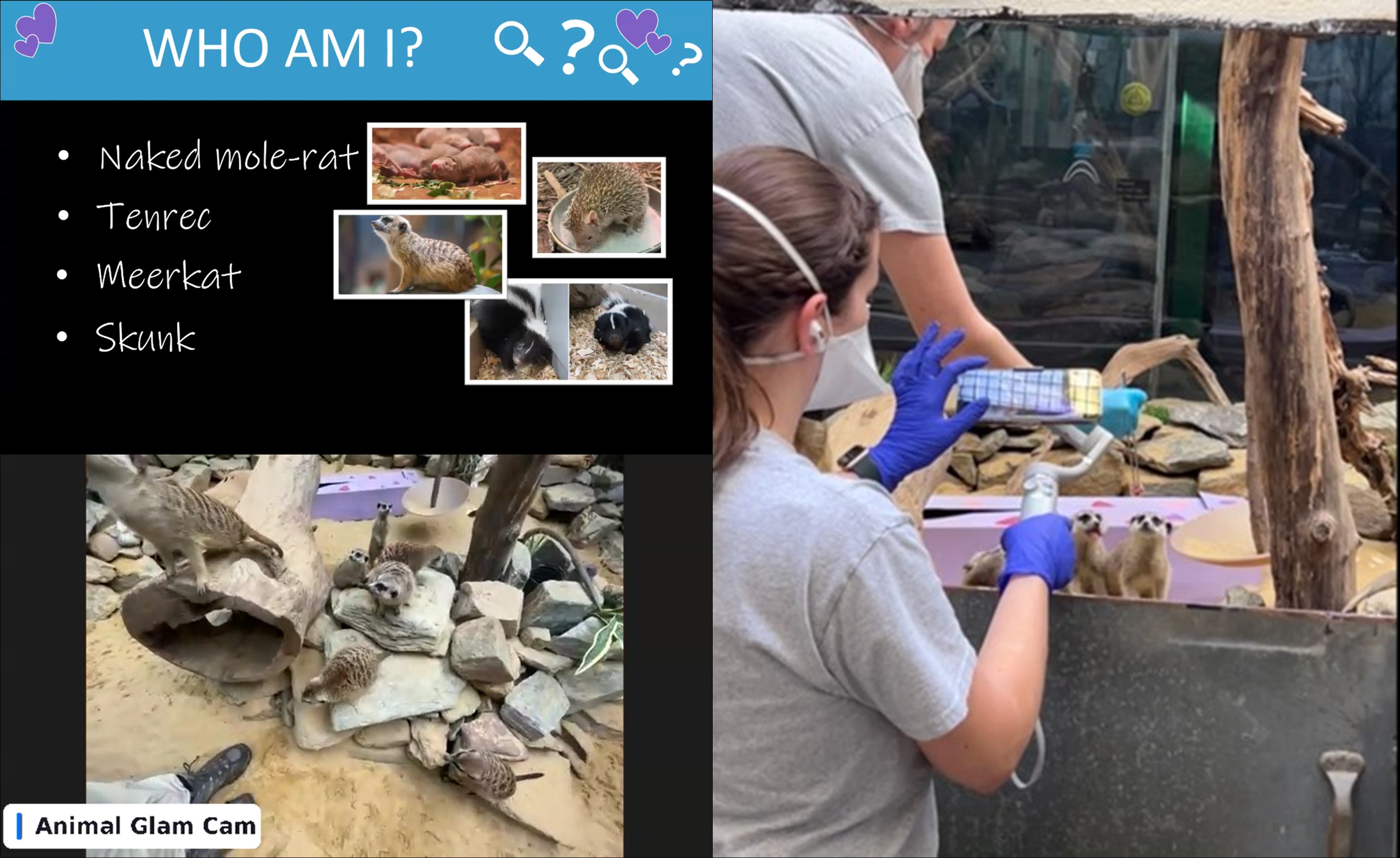
Engage - Virtual Program Details:
- Designed for all audiences, from individual students to large groups or schools.
- Webinar-styled; Participants’ audio and video will be off.
- Students can engage with hosts by using polls, emojis, Q&A, and chat.
- Students can follow along with a provided activity. Click ‘read more’ for each program to find activities and resources.

Accessibility features:
- Wonder: Videos are in spoken English with English captions and spoken Spanish with Spanish captions.
- Engage: Programs include spoken English, spoken Spanish interpretation (simulcast), American Sign Language interpretation, and live English captions.
- Act: Activity sheets are in English and Spanish, they are compatible with screen readers, and many can be filled out electronically.
- Connect: Career videos are in spoken and captioned in English, with some available in spoken Spanish.
Upcoming Programs
Choose a program, then click "Explore Resources" to view the collection of videos and activities
See the Education Programs Calendar for a list of all programs.

